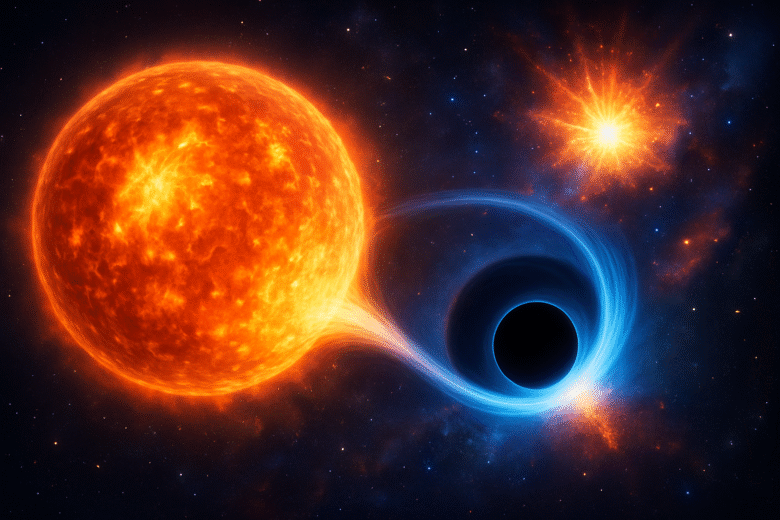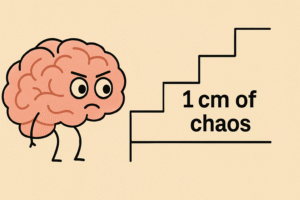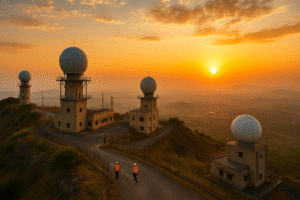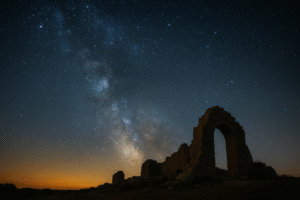Fun fact: A star can shine with more energy in a single second of its death than our Sun will in its entire lifetime.
You read that right: “When a Star Tries to Eat a Black Hole (and Explodes Anyway)” isn’t just a catchy title, it’s the story of a cosmic betrayal that astronomers caught in the act. In July 2023, scientists observed an event unlike anything recorded before—a massive star locked in a deadly orbit with a black hole, pulled into chaos, and eventually exploding in spectacular fashion. Named SN 2023zkd, the discovery has forced astronomers to rethink how stars can meet their violent ends.
This was no ordinary supernova
Supernovae usually happen when a star runs out of fuel, collapses under its own gravity, and blasts its outer layers into space. But SN 2023zkd was different. Here, the final push didn’t come from inside the star—it came from outside, thanks to a black hole companion.
The star–black hole tango. A star about ten times the mass of the Sun orbited a black hole of similar scale. Over time, their orbit decayed. The black hole’s immense gravity began pulling gas and dust away from the star. Matter streamed off, feeding the black hole and distorting the star’s structure.
AI joins the hunt. Spotting this drama early was possible because of artificial intelligence (AI). Researchers at the Centre for Astrophysics | Harvard & Smithsonian (a leading U.S. institute for astrophysics research) and the Massachusetts Institute of Technology (a top U.S. university for science and technology) developed an algorithm that flagged SN 2023zkd as “odd.” That triggered rapid follow-up by telescopes around the world, capturing the event in detail.
Warnings before the explosion. For nearly four years before the final blast, the system’s brightness steadily increased. This rare behaviour was a warning: the star was shedding mass, struggling under immense gravitational stress, and spiralling closer to disaster.
The explosion and the encore. When the star finally blew, it wasn’t the usual one-and-done supernova. After the initial peak, it dimmed, only to brighten again later. Scientists believe the second flash came when the explosion’s shockwave slammed into shells of gas the star had shed earlier.
Two possible scenarios. Researchers are debating whether the black hole’s gravity directly destabilized the star into exploding, or whether the black hole first tore the star apart, and the explosion came from the wreckage colliding with its surroundings. Either way, the black hole survived—and grew heavier.
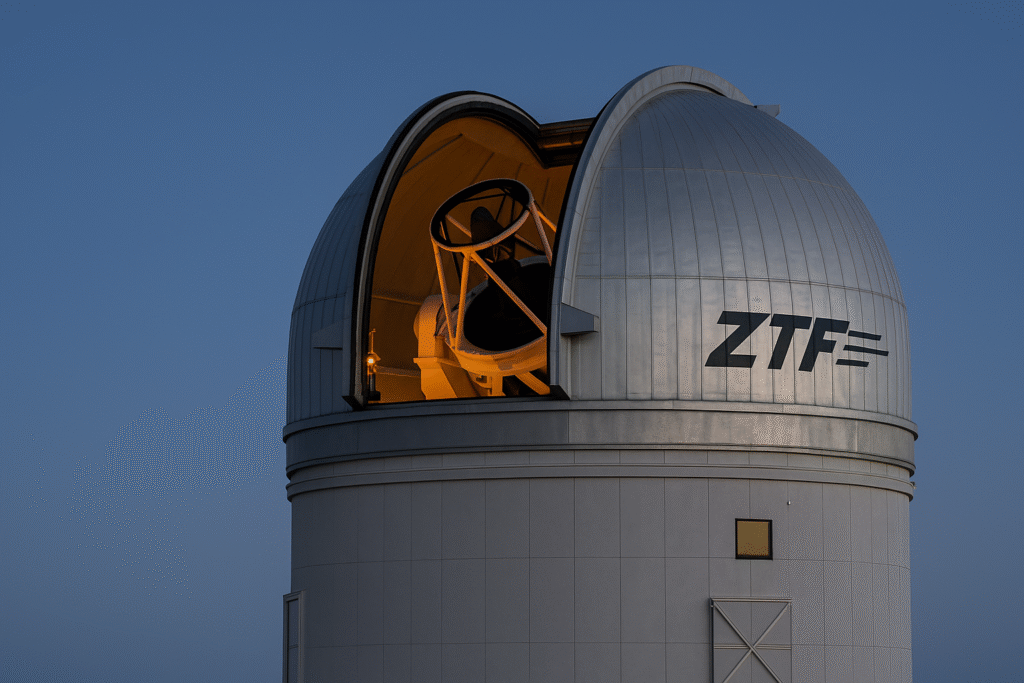
Why this matters
A new type of stellar death. This could represent a new class of supernovae—ones triggered by external gravitational partners rather than internal exhaustion. It’s like discovering a whole new way stars can die.
Star-death timelines rewritten. Until now, astronomers assumed massive stars mostly died on their own schedules. SN 2023zkd shows some stars live with cosmic “time bombs” in the form of companions that can hasten their demise.
AI changes the game. Without AI’s early detection, scientists might have missed the buildup and just logged SN 2023zkd as another supernova. The ability to catch the “before” phase offers priceless insight.
A story of cosmic violence. There’s something deeply dramatic here—a massive star struggling, distorted, shedding itself, and ultimately destroyed. It’s as if the cosmos staged a tragedy to remind us of both its cruelty and its beauty.
A case study for the ages
- Location: SN 2023zkd erupted about 730 million light-years away.
- Who found it: The Zwicky Transient Facility (a California-based sky survey project that scans the heavens nightly) first caught sight of the event.
- The team: Scientists including Alexander Gagliano, Ashley Villar, and collaborators at major institutes like MIT and the CfA documented the process in detail.
Conclusion
So, what do we take from “When a Star Tries to Eat a Black Hole (and Explodes Anyway)”? The universe is wilder than we imagine. Stars don’t just fade on their own terms—sometimes their neighbours, especially black holes, force their hand. With AI now watching the skies, we may catch more of these tragic cosmic dances in the act.
And maybe, someday soon, we’ll predict them before they happen. Imagine knowing a star halfway across the universe is about to explode—not as an accident of fate, but because its partner couldn’t let go.
Call to Action
The next time you step outside and see the night sky, remember: those pinpricks of light are actors in a grand play, sometimes torn apart by forces we can barely fathom. Support astronomy, stay curious, and follow the discoveries. You might just witness the universe changing its script in real time.
Author’s Note
Science should shake us a little. SN 2023zkd isn’t just about a star’s death—it’s about companionship, betrayal, and the unseen violence that shapes galaxies. It’s humbling, terrifying, and exhilarating all at once.
G.C., Ecosociosphere contributor.
References and Further Reading
- Center for Astrophysics | Harvard & Smithsonian article on AI and supernova discovery – AI Helps Astronomers Discover a New Type of Supernova
- Reuters science coverage of SN 2023zkd – New type of supernova detected as black hole causes star to explode
- University of California report on AI-powered surveys – UC Santa Cruz-based survey uses AI to spot explosive stellar death by black hole
- com feature on unusual supernovae – Astronomers discover strange new type of supernova

